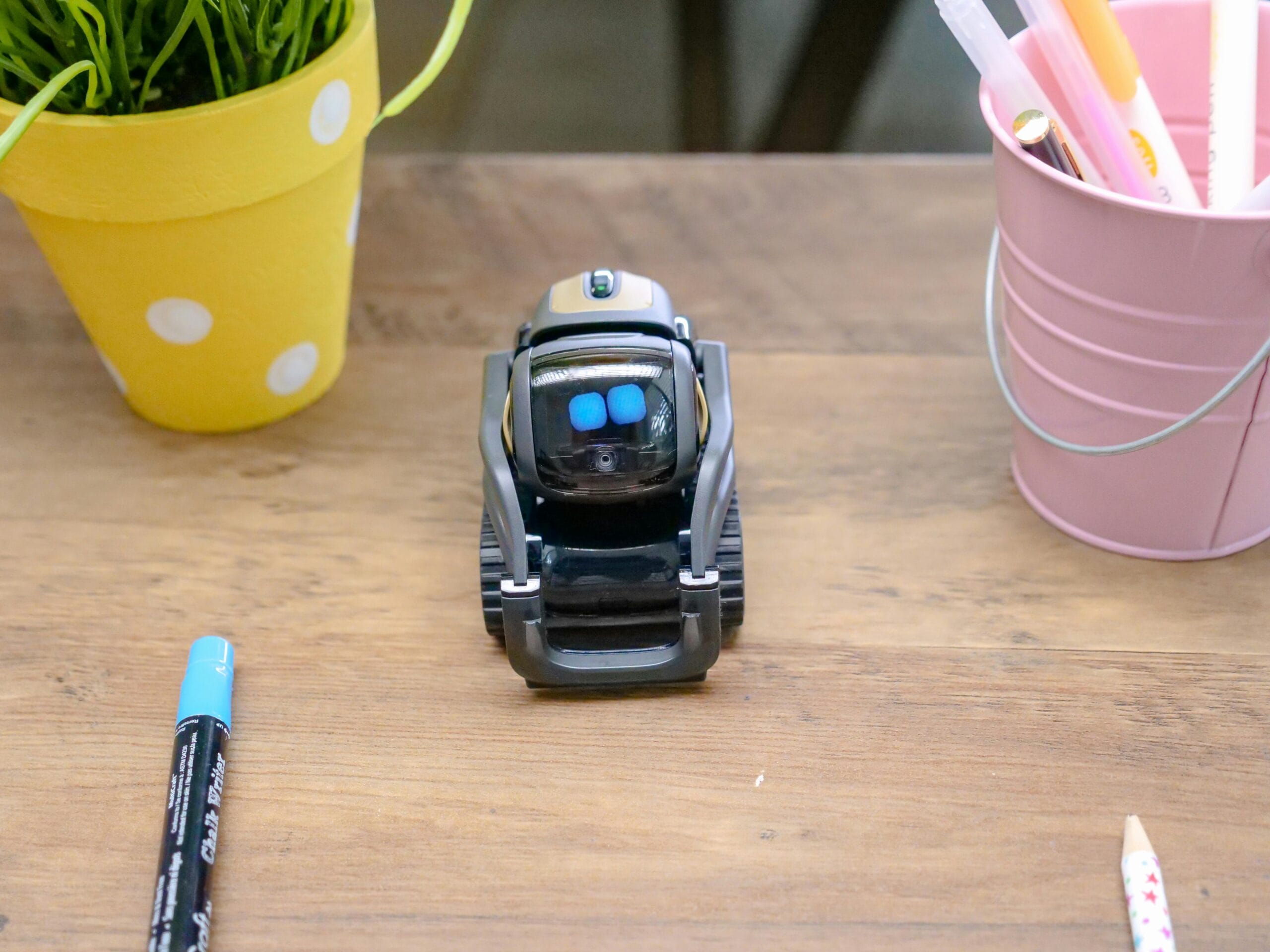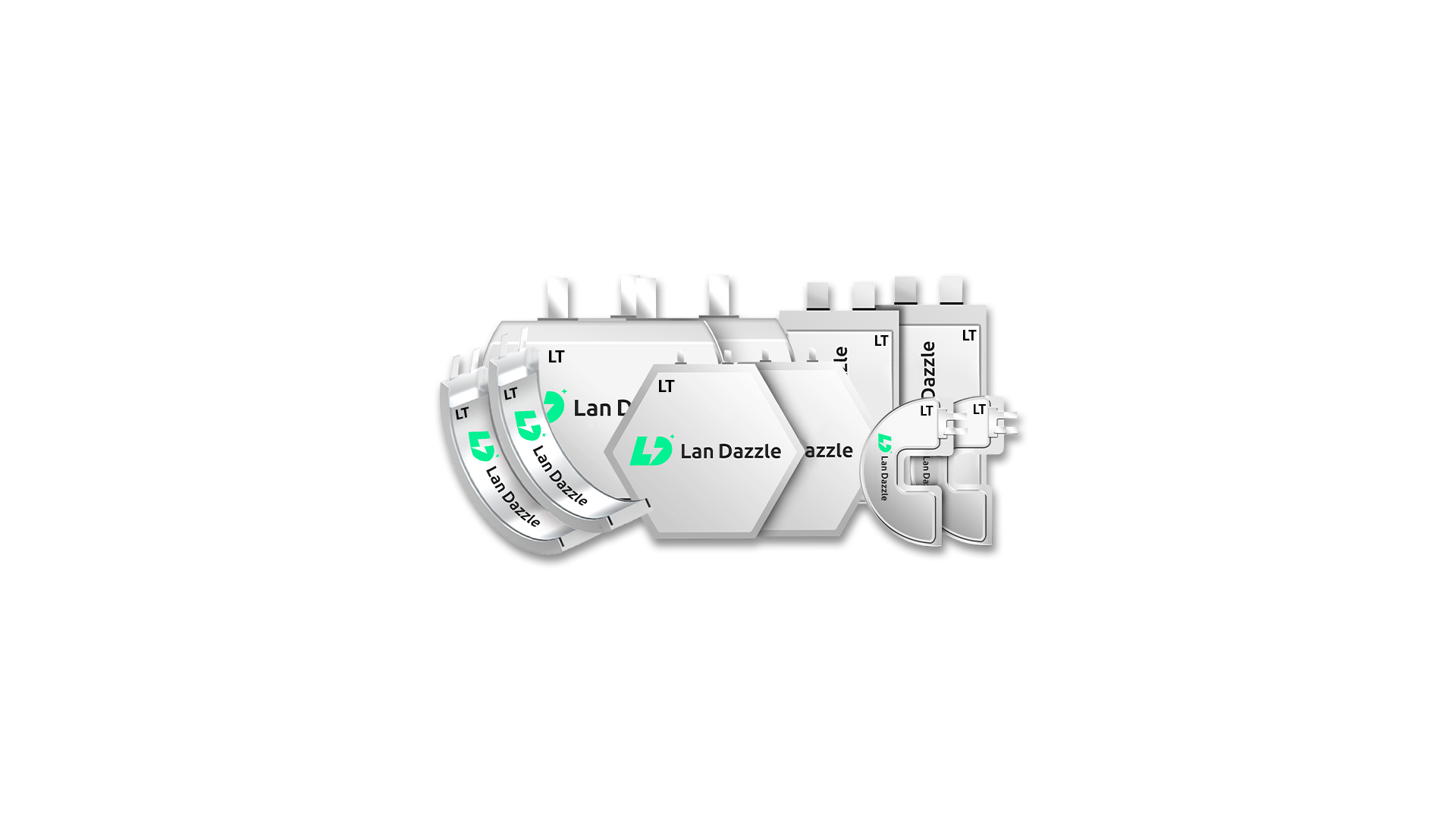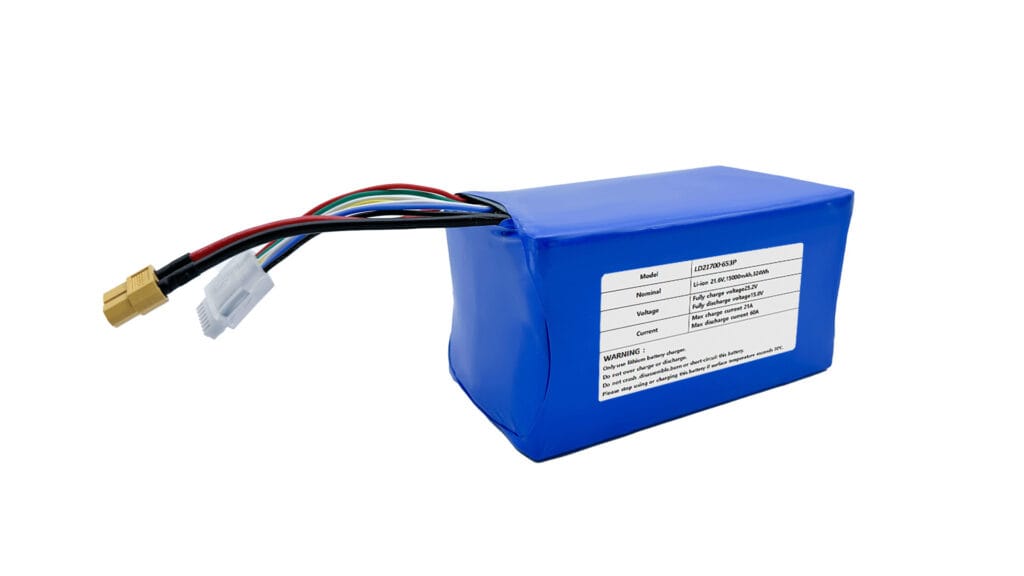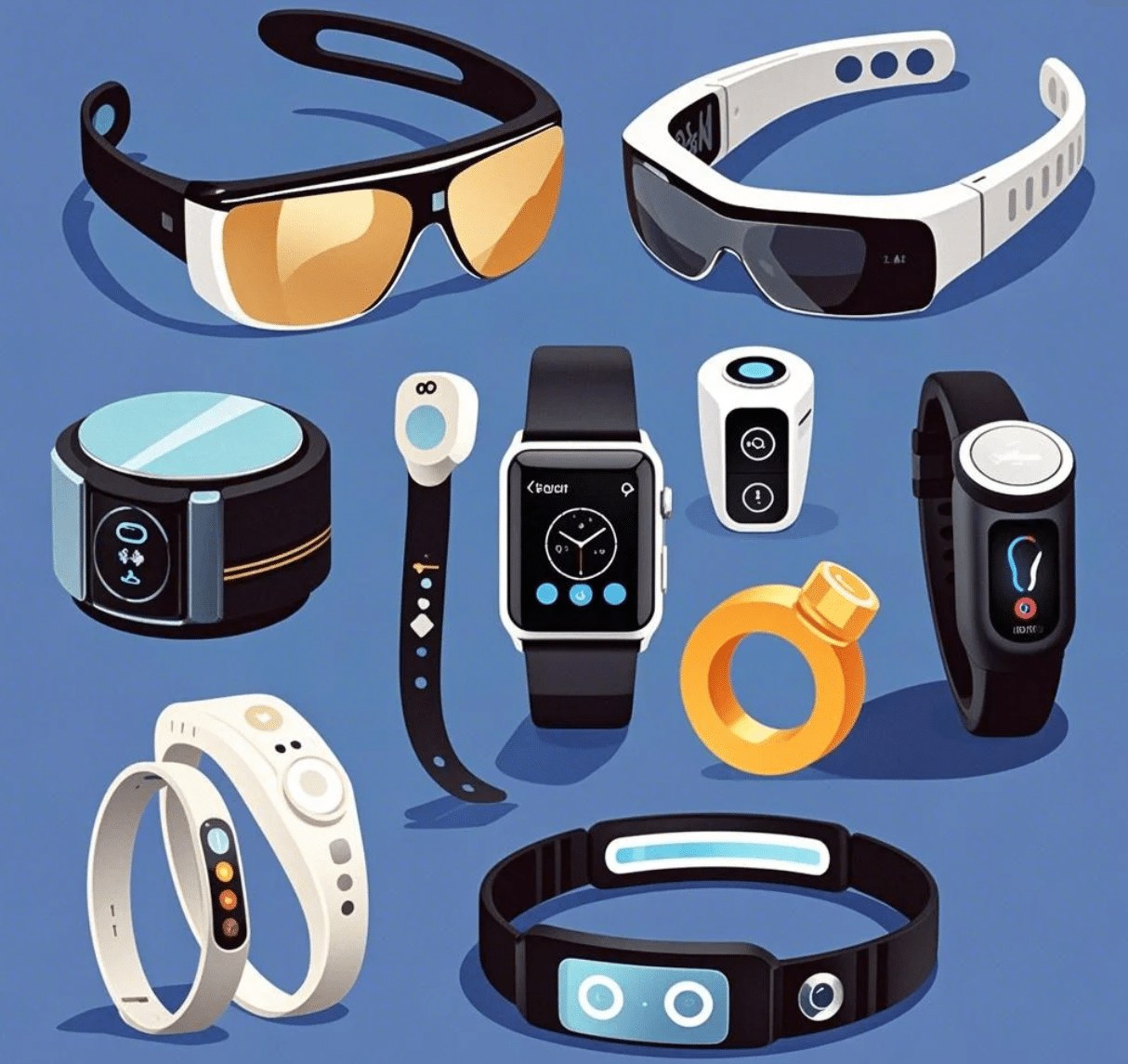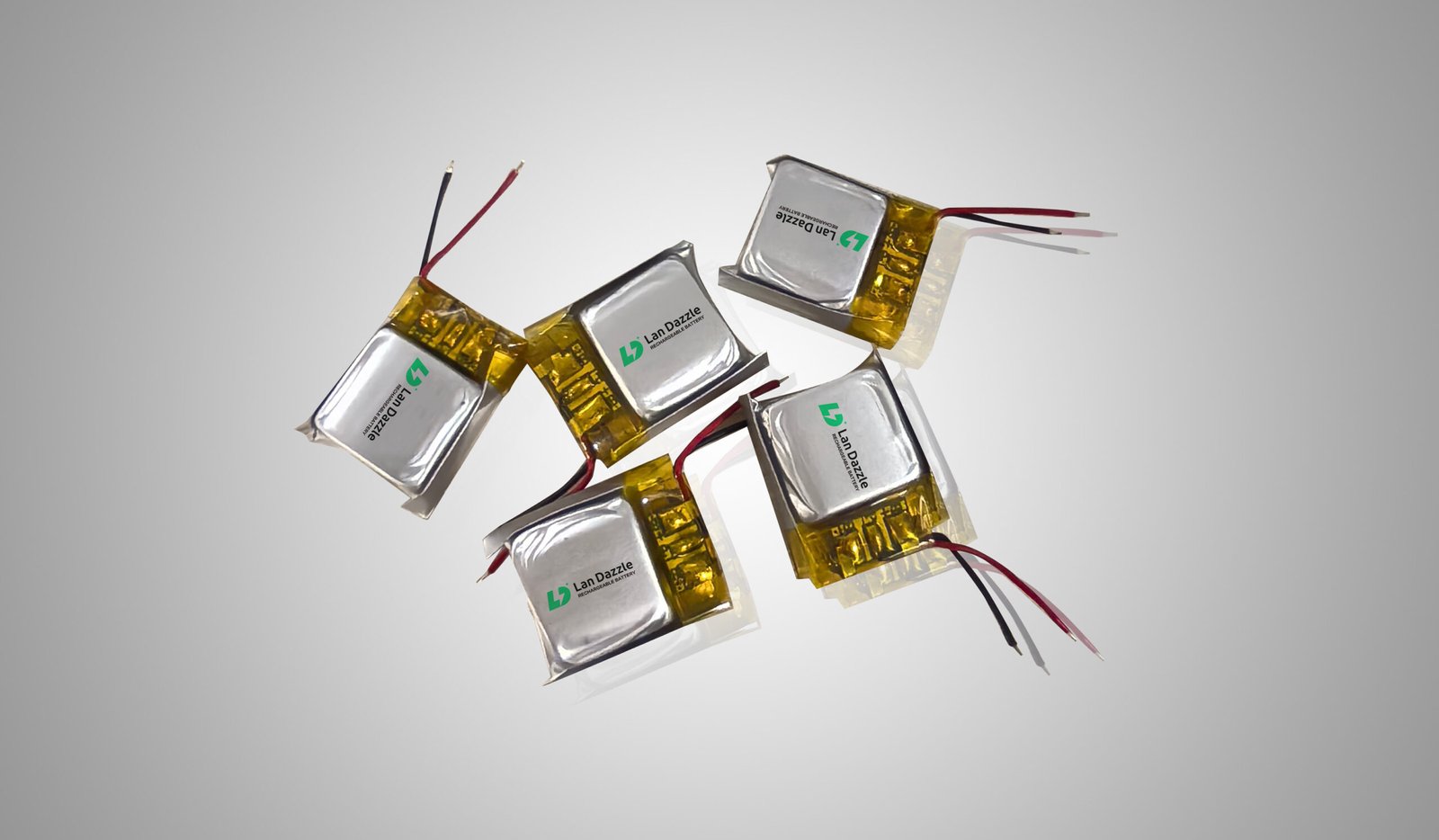Robot Battery Comparison Technologies in 2024: A Complete Breakdown
According to the International Energy Agency (IEA) 2024 Robotics Report, robot battery failures cost industries $2.3 billion annually due to downtime and replacements. This guide evaluates six battery types using rigorously tested data, helping engineers avoid costly design mistakes.
📊 Robotic Battery Performance Summary
Insert the table below in Word using Insert → Table → Grid Table 4 and add alternating row shading:
| Battery Type | Energy Density (Wh/kg) | Cost (USD/kWh) | Cycle Life | Best For | Critical Risks |
|---|---|---|---|---|---|
| Lithium-Ion | 240–300 | 140–200 | 800–1,200 | Drones, Medical Robots | Thermal Runaway (2% failure rate*) |
| Hydrogen Fuel Cells | 500–650 | 250–400 | 5,000 hrs | Mars Rovers, AGVs | Hydrogen Leakage (Requires SAE J2578 compliance) |
| Solid-State | 400–500 | 650+ | 5,000+ | Space Exploration Robots | High Initial Cost (2025 R&D phase) |
| Nickel-Metal Hydride | 70–100 | 80–120 | 500–800 | Factory Automation | Memory Effect (Capacity loss up to 30%) |
| Zinc-Air | 150–200 | 90–130 | 200–300 | Military Reconnaissance | Humidity Sensitivity (Fails >60% RH)** |
| Lead-Acid | 30–50 | 60–100 | 200–500 | Warehouse Logistics | Weight (3× heavier than Li-ion) |
*Sources:
- Failure Rate Data: NASA Failure Analysis Database
- *Humidity Tests: NIST Technical Note 2197
⚡️ In-Depth Battery Analysis
1. Lithium-Ion Batteries
✅ Pros
- High Energy Efficiency:
Sony’s 18650 cells achieve 285 Wh/kg, enabling compact designs for robotic prosthetics (IEEE Paper). - Fast Charging:
Boston Dynamics’ Spot charges to 80% in 35 minutes using 4C-rate charging.
❗ Cons
- Thermal Runaway:
Over 47 incident reports in 2023 involved Li-ion explosions in unventilated environments (OSHA Database). - Low-Temperature Limitations:
Capacity drops by 40% at -20°C, requiring heated enclosures in Arctic missions.
Design Tip: Pair with Battery Management Systems (BMS) that monitor cell voltage asymmetry.
2. Hydrogen Fuel Cells
✅ Pros
- Unmatched Runtime:
Hyundai’s H2-powered logistics bots operate for 78 hours uninterrupted with mobile refueling stations. - Cold Resistance:
Maintains 92% efficiency at -30°C, per Arctic Robotics Consortium trials.
❗ Cons
- Infrastructure Dependency:
Requires hydrogen stations (Only 1,300 globally as of 2024, IEA H2 Tracker). - Storage Challenges:
700-bar tanks add 18% weight to small robots.
Case Study:
NASA’s VIPER lunar rover uses H2 fuel cells to survive moon nights at -170°C (NASA Mission Update).
3. Solid-State Batteries
✅ Pros
- Safety:
Zero liquid electrolyte eliminates leakage/combustion risks (UL 9540A certified). - High-Temperature Tolerance:
Operates at 100°C without degradation, ideal for foundry robots (Toyota Research).
❗ Cons
- Prohibitive Costs:
Current production costs exceed $700/kWh (vs. Li-ion’s $140/kWh). - Limited Scalability:
Manufacturing defects plague 14% of prototype batches (2024 SSB White Paper).
Future Outlook:
Projected to capture 28% of the humanoid robot market by 2030 (ABI Research).
🔑 Key Selection Criteria
A. Application-Specific Needs
| Scenario | Recommended Battery | Critical Factor |
|---|---|---|
| Warehouse Sorting | Lead-Acid | Cost (<$100/kWh) |
| Mars Exploration | Hydrogen Fuel Cells | Temperature Range (-150°C) |
| Surgical Robots | Lithium-Ion | Energy Density (300Wh/kg+) |
B. ROI Calculation Template
Total Cost = (Battery Price × Quantity) + (Cooling System Cost) + (Replacement Cycles)
Example:
Li-ion: ($180 × 10) + $2,000 + 3 replacements = **$5,480** over 5 years
Solid-State: ($700 × 10) + $0 + 0 replacements = **$7,000** (longer-term payoff)
🌍 Global Standards and Compliance
- 1.Safety Certifications:
- UL 2054 (Stationary Robot Batteries)
- IEC 62133 (Portable Devices)
- 2.Recycling Directives:
- EU’s Battery Regulation 2027 mandates 90% lithium recovery.
- California’s SB-1215 bans landfill disposal of robot batteries >5kg.
🚀 Future Innovations (2025–2030)
- 1.Self-Healing Batteries:
MIT’s polymer electrolyte automatically repairs dendrites, boosting lifespan by 3× (Nature Article). - 2.Wireless Charging Systems:
WiBotic’s 300W floor pads charge AGVs with 91% efficiency (TechCrunch Report). - 3.AI-Optimized Battery Management:
DeepMind’s algorithms reduce Li-ion degradation by 18% through predictive load balancing (Google AI Blog).
📚 Verified Data Sources
- 1.Energy density and cycle life: IEA Annual Report 2024
- 2.Thermal safety tests: NASA JPL Technical Documents
- 3.Cost forecasts: BloombergNEF Battery Price Survey
Need Custom Solutions?
For thermal management challenges or compliance support, contact Landazzle’s robotics team to request free failure-mode simulation reports based on your use case.
